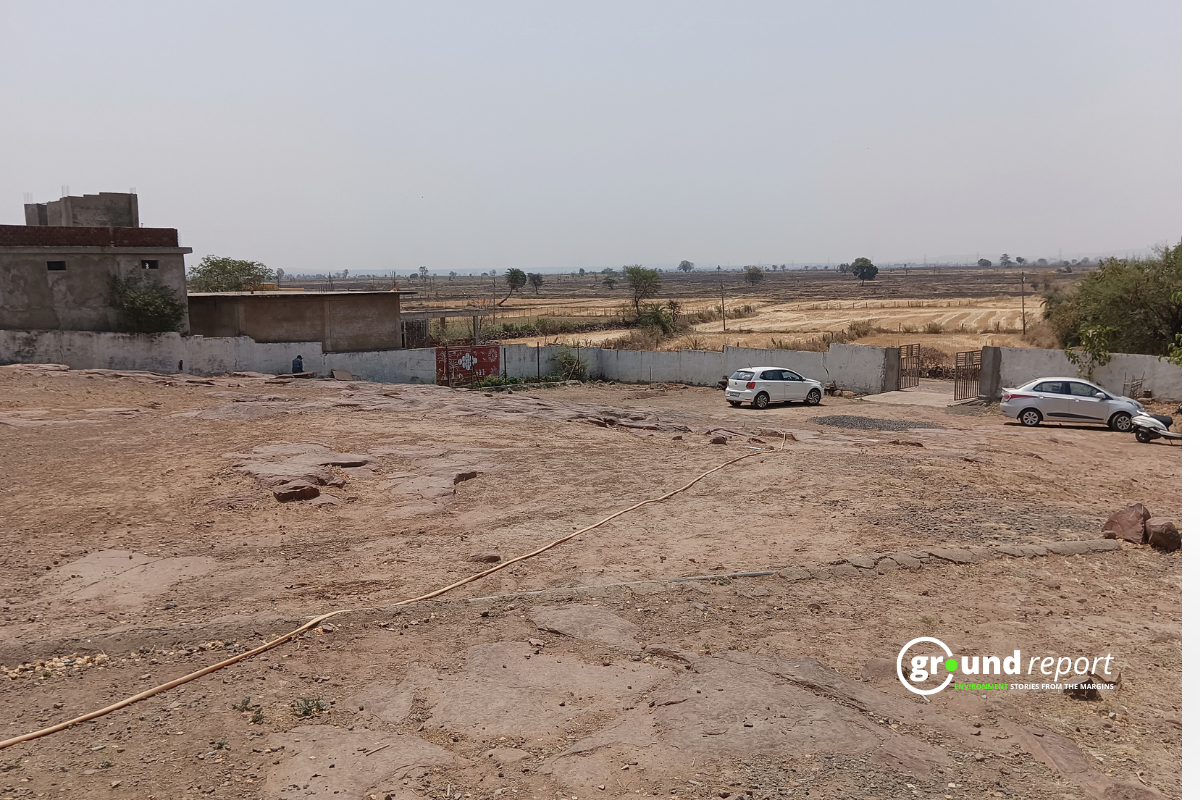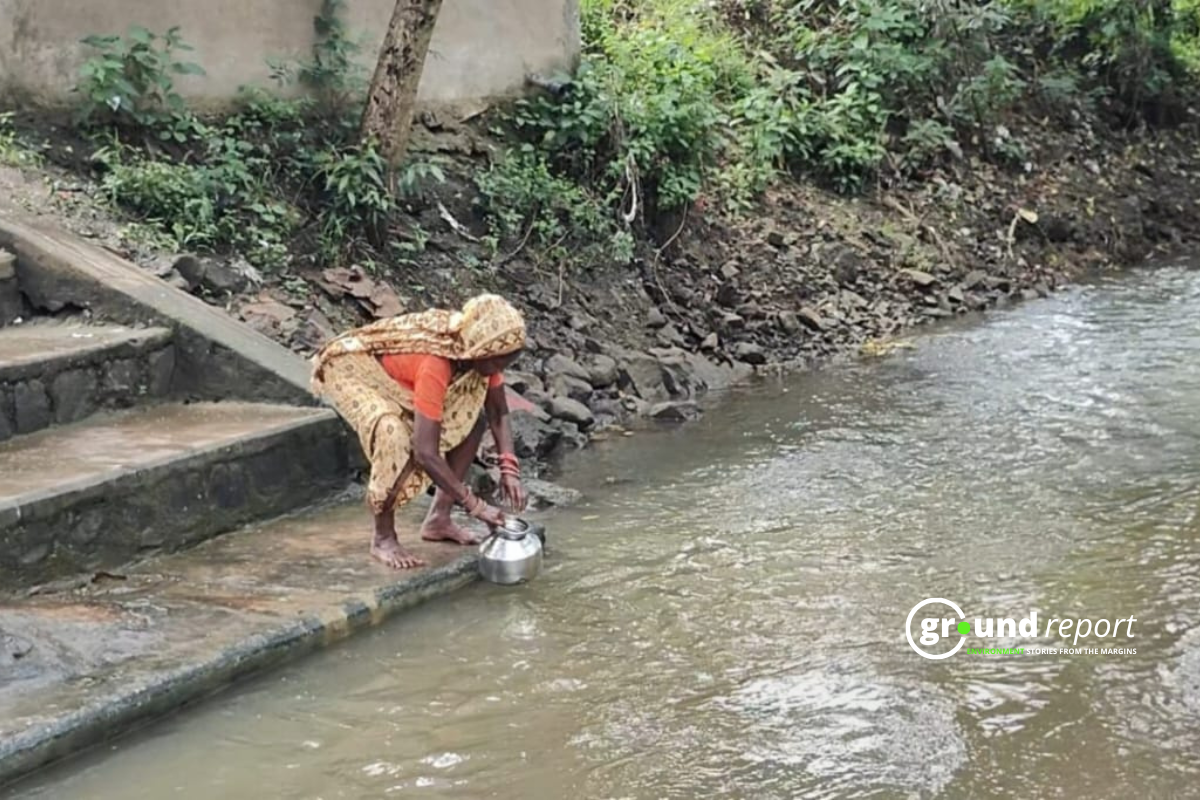Farmers and gardeners in Himachal Pradesh are grappling with the impacts of climate change. After dealing with the aftermath of heavy rainfall, they are now contending with drought conditions that are threatening their crops and livelihoods. Furthermore, climate change has resulted in a substantial reduction in snow cover in Himachal Pradesh, with an overall decrease of 10% within just one year.
A study by the Centre on Climate Change in Himachal Pradesh found that the snow cover in the Chenab, Beas, Ravi, and Satluj river basins has gone down by 10% in 2022-23 compared to 2021-22.
Studying snow cover is important because it helps us understand how different areas depend on it for water. In Himachal Pradesh, most of the major rivers like Chenab, Beas, Parvati, Baspa, Spiti, Ravi, and Satluj, and their tributaries that start in the Himalayas rely on seasonal snow cover for water.
The study used advanced wide field sensor satellite data to map the winter precipitation in all the river basins from October 2022 to April 2023. D C Rana, the Director-cum-Member Secretary of the Himachal Pradesh Council for Science, Technology and Environment (HIMCOSTE), said on Saturday that there was a 10% decrease in the four basins of Chenab, Beas, Ravi, and Satluj in 2022-23 compared to 2021-22.
The study estimated and analyzed the snowfall during 2022-23 by looking at the average value of the total area covered by snow each month from October to April. The study found that the decrease was 0.39% in the Chenab basin, 6.9% in Beas, 22.42% in Ravi, and 14.61% in Sutlej in 2022-23 compared to 2021-22.
Rainfall in Himachal Pradesh decreased
In Himachal Pradesh, more than 80% of the farmland depends on rain. So, when it rains, farmers start worrying about getting less crop. In November, the rainfall was 38% less than normal across Himachal, and in December, it was 85% less.
Experts say that the decrease in rainfall after the monsoon season over the last few years is due to climate change. When they looked at the rainfall data for the last 20 years, they found that from 2004 to 2023, there was normal or more than normal rainfall in October only 4 times.
In recent years, the Western Himalayan region has witnessed a rise in temperature and variability in precipitation and extreme events. This has led to a decline in crop yields and an increase in pests and diseases. To mitigate the effects of climate change, farmers and gardeners are adopting new practices such as growing pomegranates and cabbages instead of apples. Indigenous traditional knowledge-based farming practices are also being explored to develop climate-resilient agricultural practices.
Less snow impacts Himachal Pradesh’s resources
Climate change has led to a significant decrease in snow cover in Himachal Pradesh, which can have various impacts both now and in the future. One of the main effects is on water resources. Snowfall is a crucial source of fresh water during the spring and summer months when the snow melts and feeds rivers and streams. With less snow cover, there might be less water available for farming, drinking water supplies, and generating hydropower.
Another major impact is on agriculture and food security. Himachal Pradesh relies heavily on farming, and melted snow is essential for watering crops. A decrease in snow cover can lead to a water shortage for crop cultivation, affecting agricultural productivity and potentially impacting food security for both the local population and the wider region.
The decrease in snow cover also affects biodiversity and ecosystems. Snow cover plays a vital role in maintaining the unique biodiversity and fragile ecosystems of Himachal Pradesh. Many plants and animals are adapted to survive in snowy conditions. Less snow cover can disrupt these ecosystems, impacting the survival and distribution of various species.
Finally, the decrease in snow cover has implications for tourism and the economy, as well as glacial retreat and water supply. Himachal Pradesh is a popular tourist destination known for its scenic beauty and winter sports. Less snow cover can negatively impact winter tourism activities, affecting the local economy.
Additionally, Himachal Pradesh is home to several glaciers that act as natural water reservoirs. Less snow cover can accelerate glacial retreat, impacting the long-term availability of freshwater. This can exacerbate water scarcity issues, particularly during dry seasons.
Keep Reading
Part 1: Cloudburst in Ganderbal’s Padabal village & unfulfilled promises
India braces for intense 2024 monsoon amid recent deadly weather trends
Support us to keep independent environmental journalism alive in India.
Follow Ground Report on X, Instagram and Facebook for environmental and underreported stories from the margins. Give us feedback on our email id greport2018@gmail.com.
Don’t forget to Subscribe to our weekly newsletter, Join our community on WhatsApp, and Follow our YouTube Channel for video stories.








